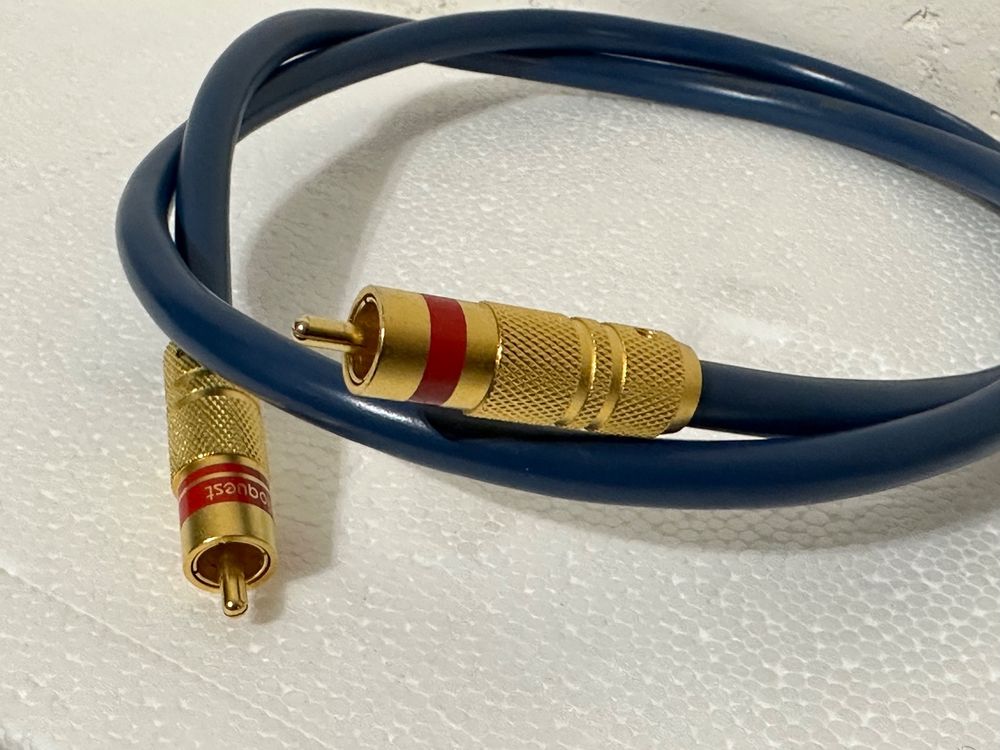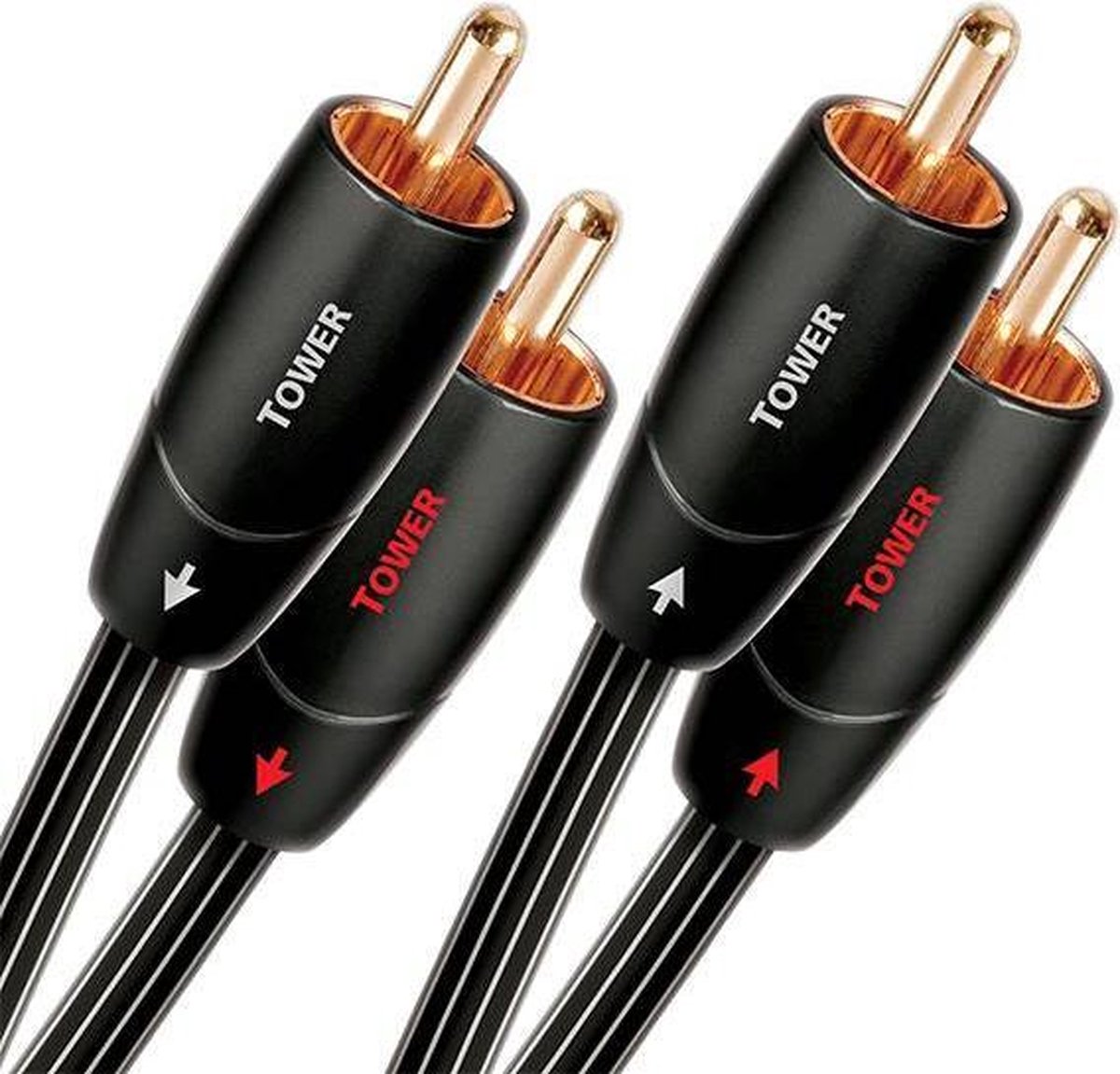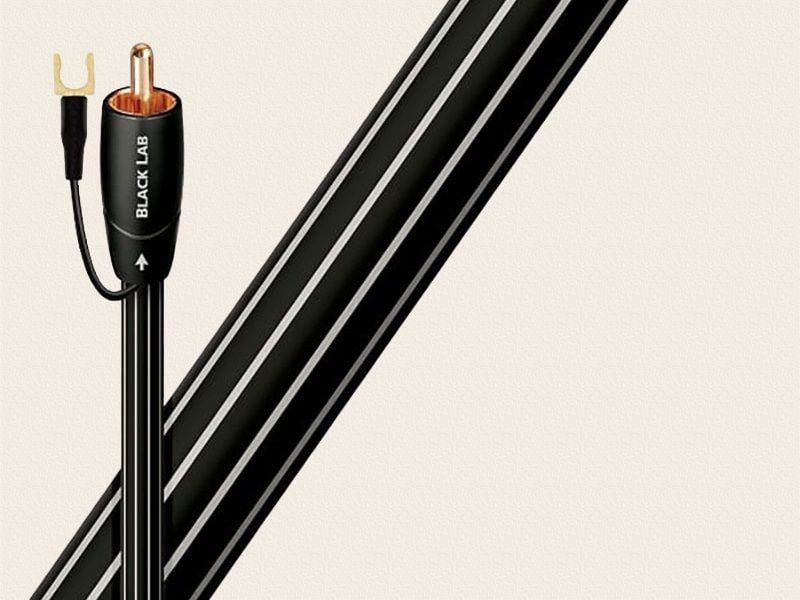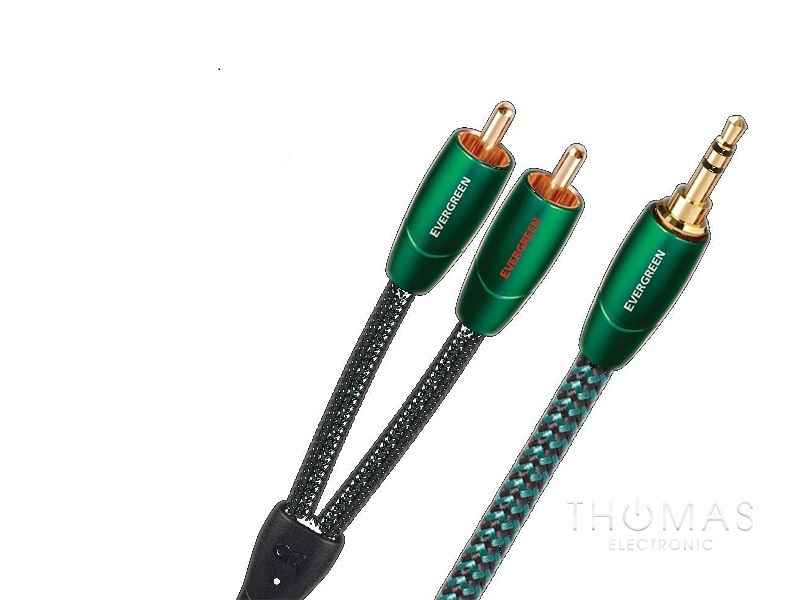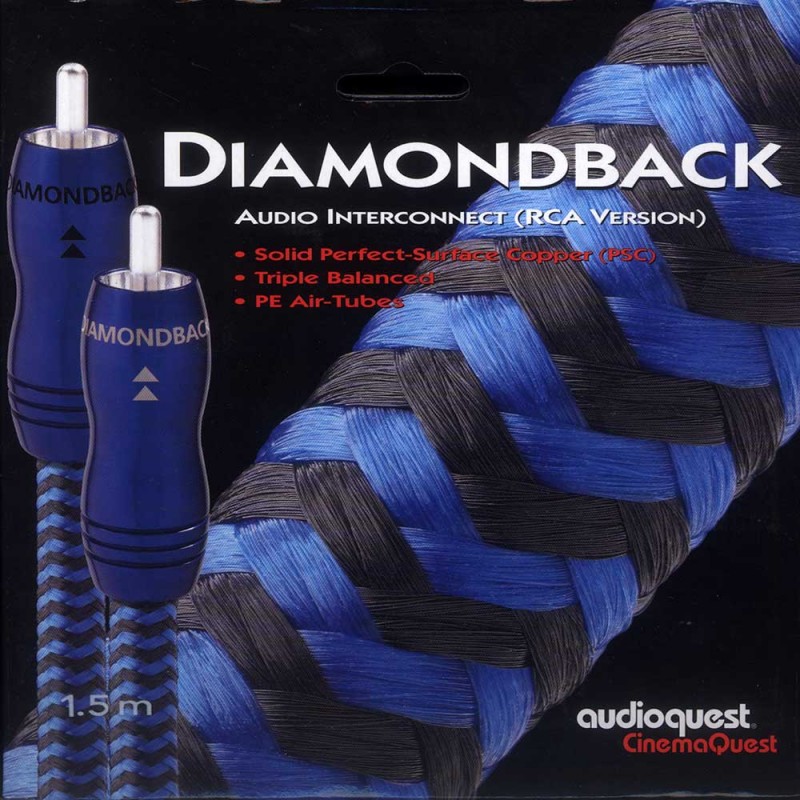
Audioquest Fire RCA Chinchkabel 1 Meter secondhand – Hifiteam Czesany GmbH - home entertainment for you -

Audioquest Pegasus RCA Cinch Kabel 2 Meter Länge in Rheinland-Pfalz - Bingen | Weitere Audio & Hifi Komponenten gebraucht kaufen | eBay Kleinanzeigen






